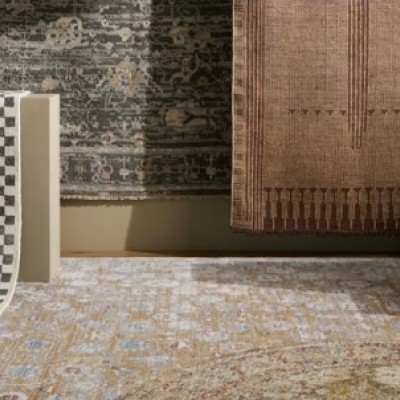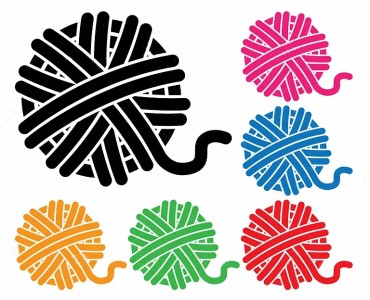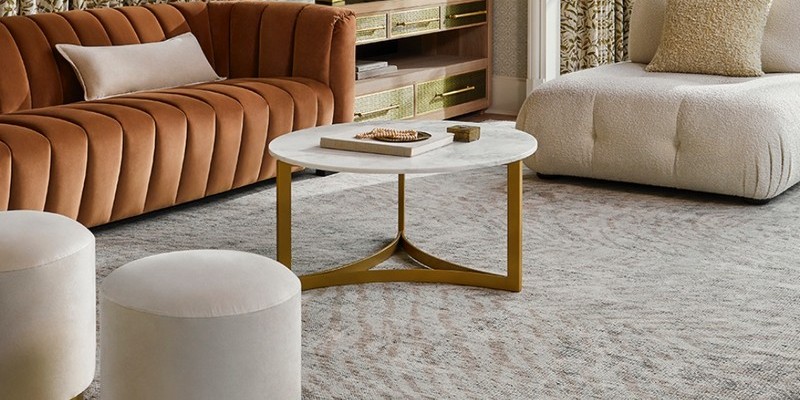
Introduction
When it comes to choosing rugs, you have the opportunity to combine style and sustainability. It's essential to choose environmentally friendly materials, buy ethically sourced products, and consider the life cycle of your rugs so that you don't harm the planet while adding elegance to your home. This comprehensive guide will guide you through the process of selecting stylish, environmentally friendly rugs.
1. Choose Natural and Renewable Fibers
When it comes to sustainability, choosing rugs made from natural and renewable fibers is essential. You may wish to consider organic cotton, jute, sisal, hemp, bamboo, and wool. These materials are biodegradable, renewable, and free from harmful chemicals. Organic cotton rugs are grown without synthetic fertilizers and pesticides, making them an eco-friendly choice. Plant fibers such as sisal, hemp, and bamboo are biodegradable and renewable. They do not adversely affect the environment. A wool rug is an excellent insulator as well as renewable, fire-resistant, and durable.
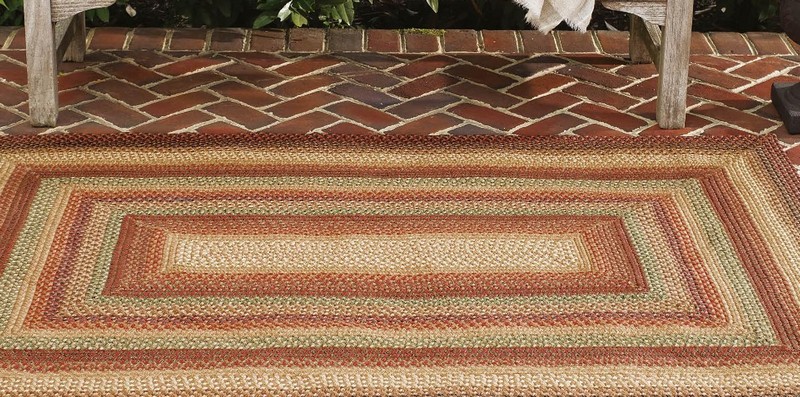
2. Consider Ethically Sourced Rugs
Check for certifications such as Fair Trade and GoodWeave to ensure the ethical production of your rugs. As a result of fair trade certification, the artisans involved in rug production receive fair wages and work in safe conditions. GoodWeave certification ensures the rug was produced without child labor. By supporting these certifications, you contribute to the well-being of workers and help eliminate exploitative practices in the rug industry.
3. Opt for Low-Impact Dyes and Natural Colors
Choosing rugs that use low-impact or natural dyes will reduce water pollution and prevent the release of harmful chemicals. Natural dyes derived from plants, flowers, and minerals offer unique color variations and add authenticity to your rugs. Additionally, natural-pigmented rugs preserve their natural beauty.
4. Consider Rug Longevity and Maintenance
Investing in high-quality rugs ensures their longevity and reduces the need for frequent replacements. Choose rugs with tight weaves and dense knots, as they're more durable and resistant to wear. Choose rugs that are also easy to clean so they last longer. Usually, natural fiber rugs require only gentle cleaning techniques, such as vacuuming and spot cleaning, which reduces the use of harsh chemicals.
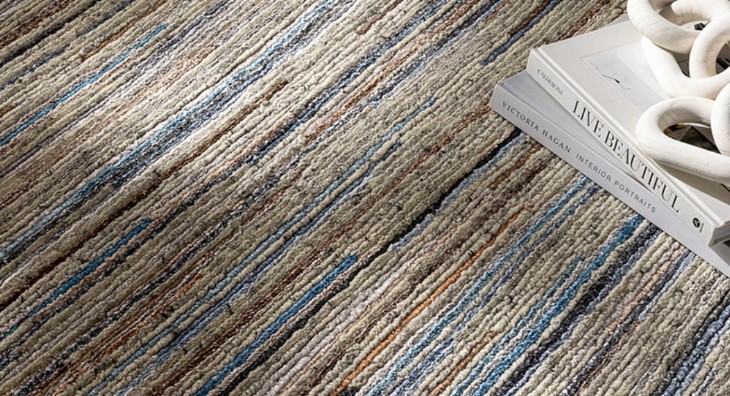
5. Look for Recycled or Upcycled Rugs
Choose rugs made with recycled or upcycled materials to embrace circular design. Recycled rugs are made from post-consumer materials like plastic bottles or discarded clothing. Recycling materials like old fabric remnants, vintage textiles, and reclaimed fibers into upcycled rugs. These eco-friendly options reduce waste and promote sustainability in interior design.
Conclusion
Rugs Town offers stylish and durable rugs that combine aesthetics with environmental responsibility for eco-conscious homes. It is possible to create a stylish and sustainable living space that aligns with your eco-friendly values by selecting natural and renewable fibers, considering ethically sourced options, choosing low-impact dyes, ensuring long-term durability and maintenance of rugs, and exploring recycled or upcycled rugs. With this comprehensive handbook as your guide, you can confidently make choices that positively impact the planet while enjoying the beauty and comfort of your rugs.


